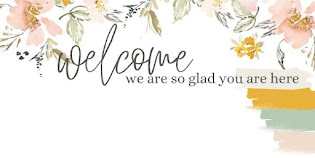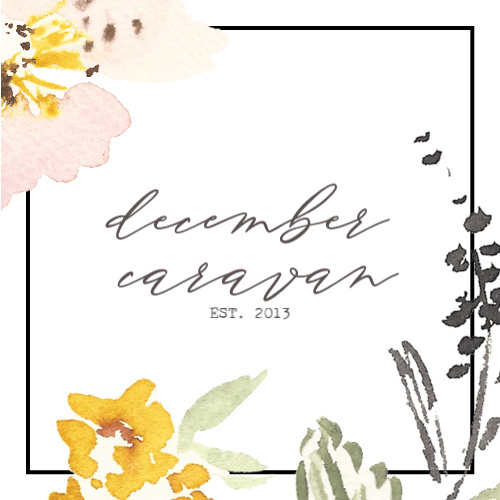The piano is a stunning instrument. Not only does it look great in the home, but it can play
practically any tune. Have a favorite guitar rift? The piano can copy it. The ability to play two
tunes at once means that you can recreate your favorite songs all the way to famous
masterpieces, even if they weren’t originally written as piano songs to begin with.
In short, if there’s any single instrument to learn, the piano is it. It’s versatile and sounds
beautiful, capable of jaunty tunes all the way to moving ballads. It’s also relatively easy to
start learning, so long as you follow this guide:
Essentials You’ll Need to Get Started
Getting the Equipment
To play the piano, you’ll need a piano. Mastering the skill means that you’ll need to invest in
either an acoustic piano or, more likely considering the space of modern homes, a digital
piano or keyboard. There are many great entry-level keyboards out there right now. You can
get one with weighted keys to mimic the experience of playing a real piano or a full digital
keyboard.
Accessories
If you have a digital keyboard, then you’ll automatically have a metronome built-in.
Otherwise, you’ll want to invest in one for yourself. You’ll also want a comfortable chair that’s
been elevated to the right height so that you can adopt the correct piano-playing posture.
Your wrists should be level, for example.
Picking Your Songs
Piano songs can be incredibly complex, but don’t worry. They can also be stripped back into
very easy notes, meaning you can play beginner versions of your favorite songs practically
from the start.
Just have a look at the easy piano songs available. You’ll quickly see you can play top radio
hits all the way to beginner classical music, depending on your taste and preferences.
Learning to Play the Piano
Reading Notes
It’s a good idea to generally get familiar with reading music. It’ll eventually become
instinctive after a while, but to get to that stage, you’ll need to make sure you know what
every symbol means.
Starting Position
The first technique you’ll need to learn is the starting position. This is typically around the
middle C, with your fingers spread across each key evenly.
Essential Exercises
One of the most challenging parts of learning the piano is to build up each hand’s
independence and dexterity. A great way to do this is by practicing Hanon, Trill, scales, and
other finger exercises for a brief period before you start your lesson or practice session.
Start Slow
You can and will naturally start to speed up as you become more practiced. The goal right
now is to get the notes right and to start associating the symbols on the music sheet to the
notes on your keyboard.
Practice
Finally, plan to practice between 15 and 20 minutes every day. This can be done all at once
or broken up into sessions depending on how busy your schedule is.
.jpg)





.jpg)






Post a Comment